What is the tolerance range of precision screws?
What is the tolerance range of precision screws?
Service Hotline
+86760-8787 8587We have more than ten years of experience in screw industry production. The main products are: iron black elastic cylindrical pins, blackened high-strength gaskets, T40 bolts with needles and cores, non-standard round nuts, screw screws with wire at both ends, thin Huasi meson, Dongguan Yueluo, insulating bolts, flat head countersunk head socket head cap screws, thickened wafers, crown screws and nuts, limit bolts, flat washer screws, positioning bolts, rivets/step nuts and other fasteners, due to the product The materials and specifications are different, and the prices are also different. Please contact us if you need it.


The first person to describe the spiral was the Greek scientist Archimedes (c. 287 BC - 212 BC). An Archimedes screw is a huge spiral contained in a wooden cylinder that is used to irrigate fields by raising water from one level to another. The real inventor may not be Archimedes himself. Maybe he was just describing something that already existed. It may have been designed by the skilled craftsmen of ancient Egypt for irrigation on both sides of the Nile. In the Middle Ages, carpenters used wooden or metal nails to attach furniture to wooden structures. In the 16th century, nail makers began producing nails with a helical thread, which were used to connect things more securely. That's a small step from these kinds of nails to screws. Around 1550 AD, the metal nuts and bolts that first appeared in Europe as fasteners were all made by hand on a simple wooden lathe. Screwdrivers (screw chisels) appeared in London around 1780. Carpenters have found that tightening a screw with a screwdriver holds things in place better than hitting with a hammer, especially with fine-grained screws. In 1797, Maudsley invented the all-metal precision screw lathe in London. The following year, Wilkinson built a nut and bolt making machine in the United States. Both machines produce universal nuts and bolts. Screws were quite popular as fixings because an inexpensive method of production had been found at that time. In 1836, Henry M. Philips applied for a patent for a screw with a cross recessed head, which marked a major advance in screw base technology. Unlike traditional slotted head screws, Phillips head screws have the edge of the head of the Phillips head screw. This design makes the screwdriver self-centered and not easy to slip out, so it is very popular. Universal nuts and bolts can connect metal parts together, so by the 19th century, the wood used to make machines to build houses could be replaced by metal bolts and nuts. Now the function of the screw is mainly to connect the two workpieces together and play the role of fastening. The screw is used in general equipment, such as mobile phones, computers, automobiles, bicycles, various machine tools and equipment, and almost all machines. need to use screws. Screws are indispensable industrial necessities in daily life: extremely small screws used in cameras, glasses, clocks, electronics, etc.; general screws for televisions, electrical products, musical instruments, furniture, etc.
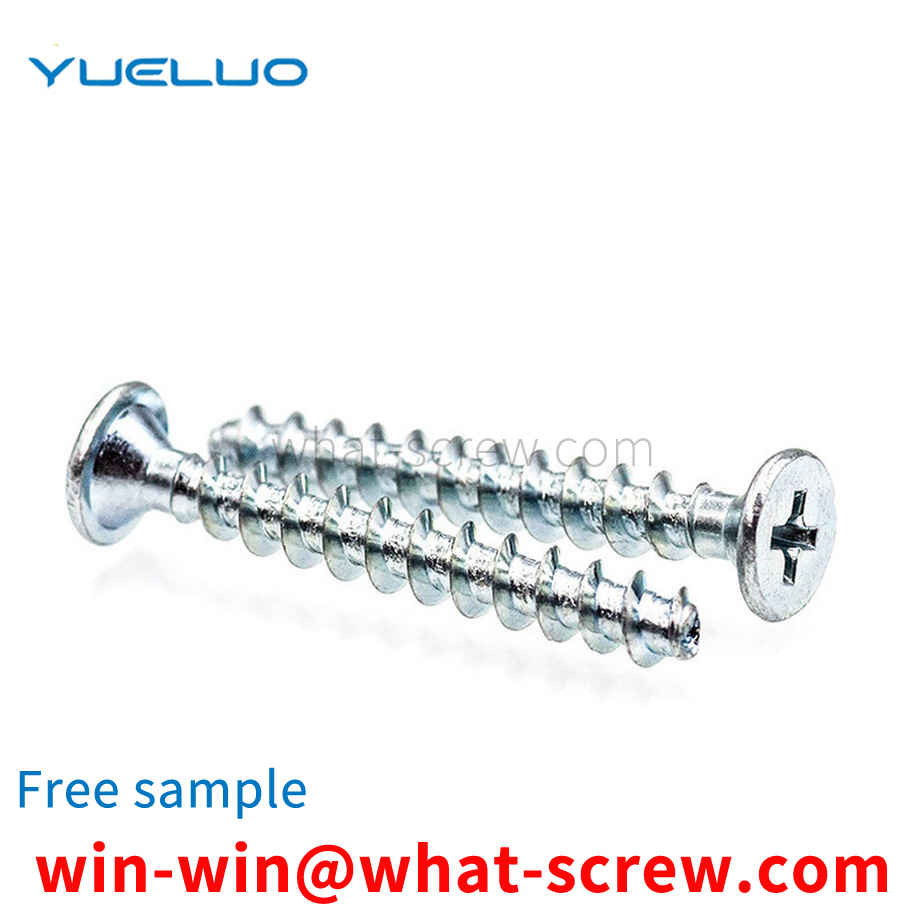
1. Precautions for the quality of high-strength bolts or screws and flat washers assemblies. The surface of the Phillips hexagon combination screw should be checked for burrs or scratches. There is no oil stains, or rust. To test the material of the combination screw, the strength of the grade used in different high strengths should be consistent with it. Second, the combination bolt and nut should be used together with the same grade as the nut, and the same grade should be used together. Third, when installing and using combined bolts, it should be in reasonable weather conditions and should not be operated in the rain. Fourth, when installing, it is forbidden to use excessive force and excessive force. Lead to sliding teeth, or locking phenomenon.
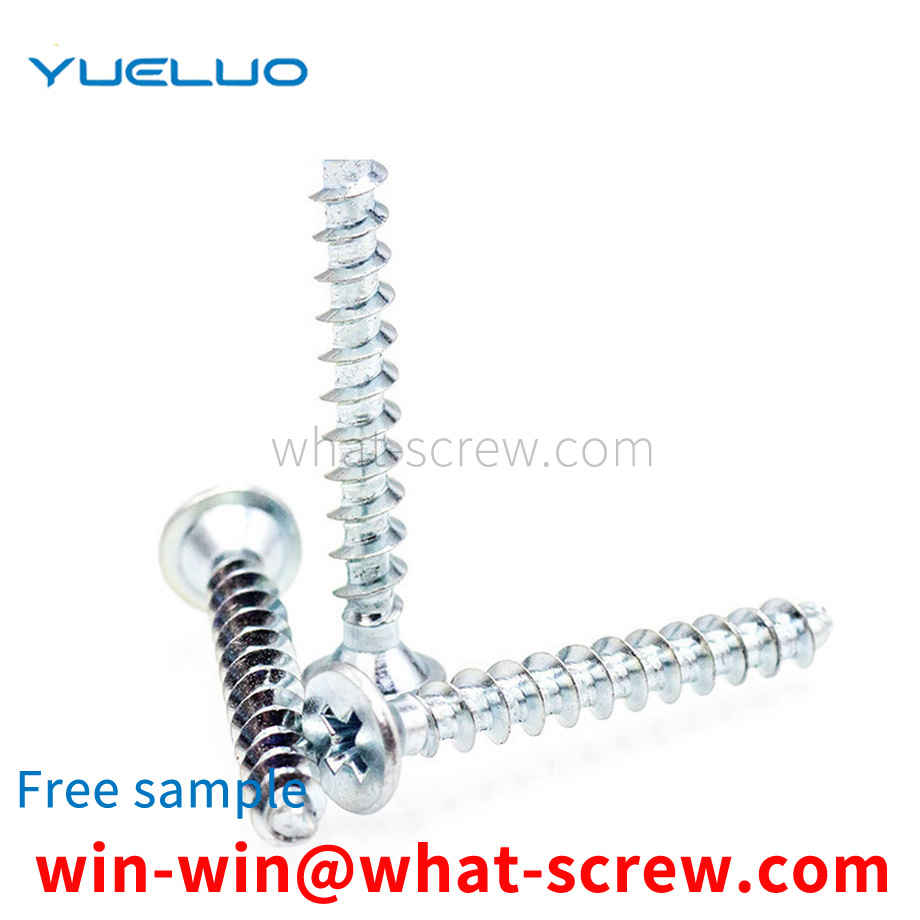
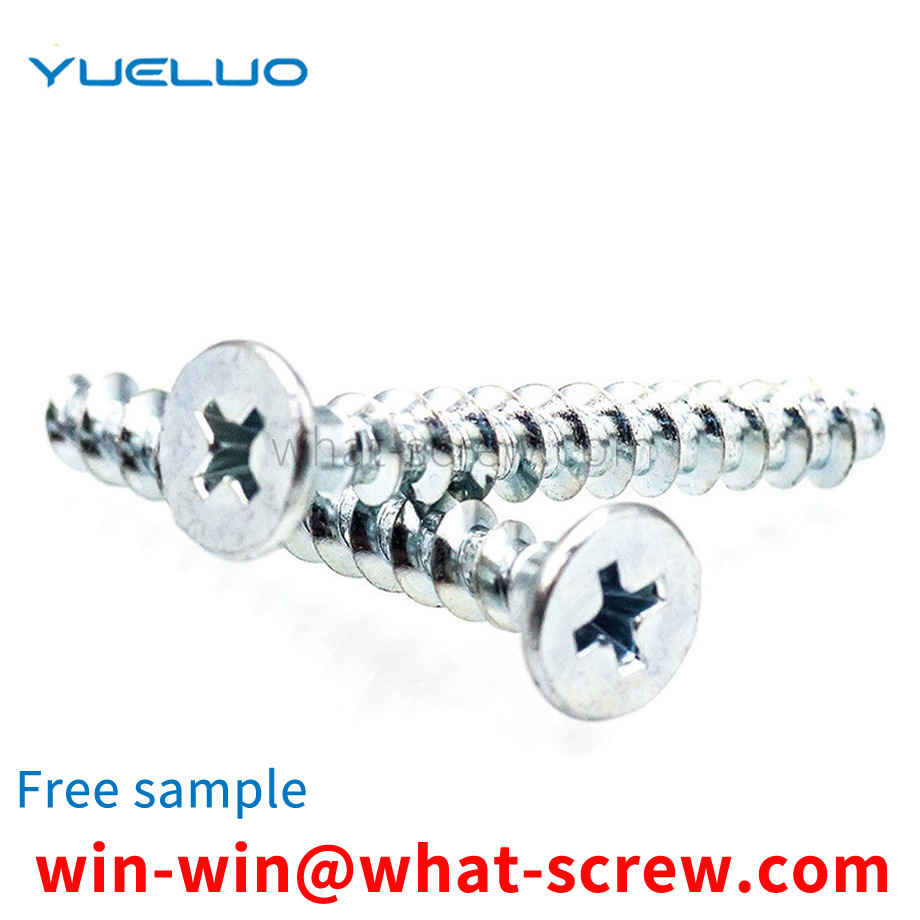
Regardless of stainless steel plate or heat-resistant steel plate, austenitic steel plates have the best comprehensive properties, with sufficient strength, excellent plasticity and low hardness, which is one of the reasons why they are widely used. Austenitic stainless steel is similar to most other metal materials, its tensile strength, yield strength and hardness increase with the decrease of temperature; plasticity decreases with the decrease of temperature. Its tensile strength increases uniformly in the temperature range of 15~80°C. More importantly: as the temperature decreases, the impact toughness of stainless steel screws decreases slowly, and there is no brittle transition temperature. Therefore, stainless steel can maintain sufficient plasticity and toughness at low temperature.
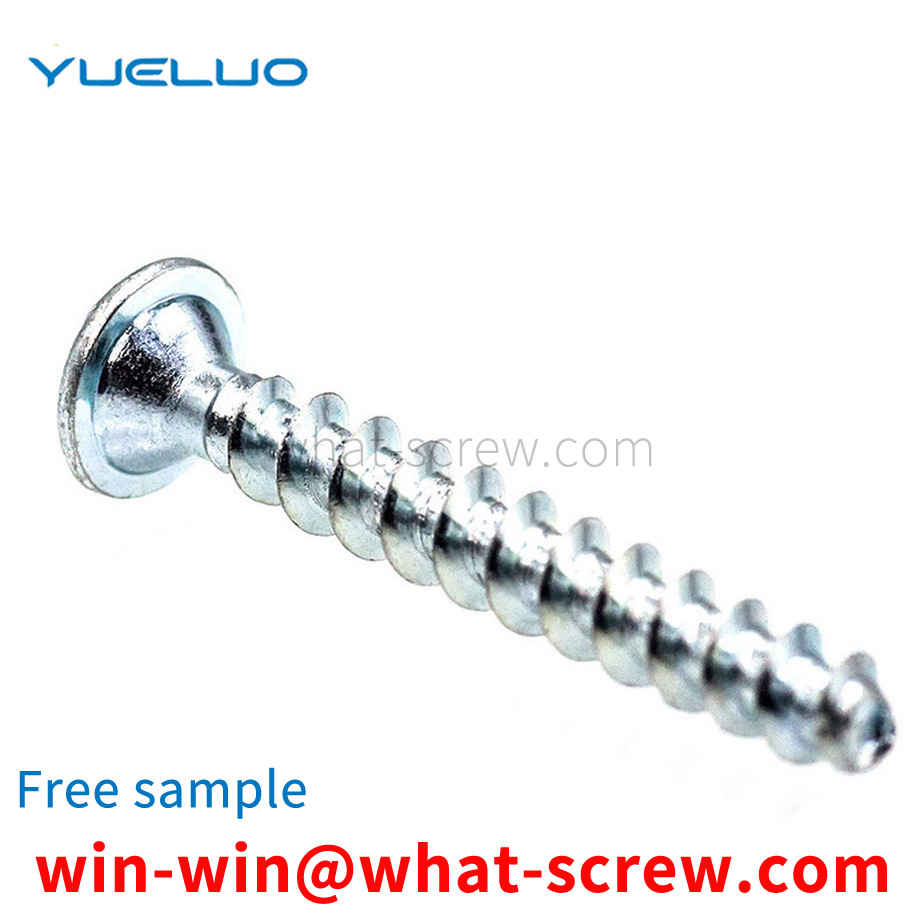
Pressure riveting standoffs, also known as pressure riveting studs or standoffs, are non-removable fasteners that are used in conjunction with rivets to provide a threadless type. A sheet metal part is a product processed by a sheet metal process, that is, a sheet metal substrate is formed into a sheet metal part with a certain shape through cutting, bending, drilling, welding and other processes. On some sheet metal parts, such as chassis and electrical boxes produced by sheet metal, it is usually necessary to set rivet standoffs to facilitate the installation of internal components. The existing standoffs are usually installed on the sheet metal substrate by extrusion, and the connection is not firm.
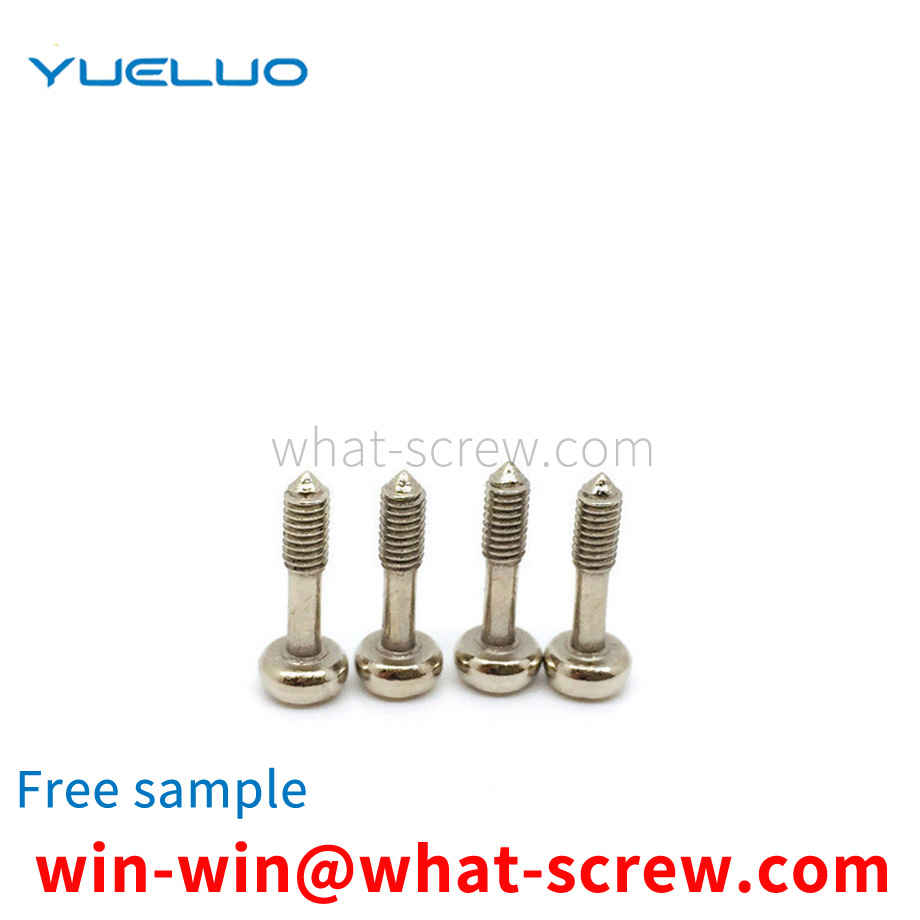
The above content is uploaded by Yueluo or the Internet. If there is any copyright issue, please contact [email protected].

What is the tolerance range of precision screws?

How to choose the right stainless steel screw manufacturer?

Why is there an R angle under the head of the hexagon head s...
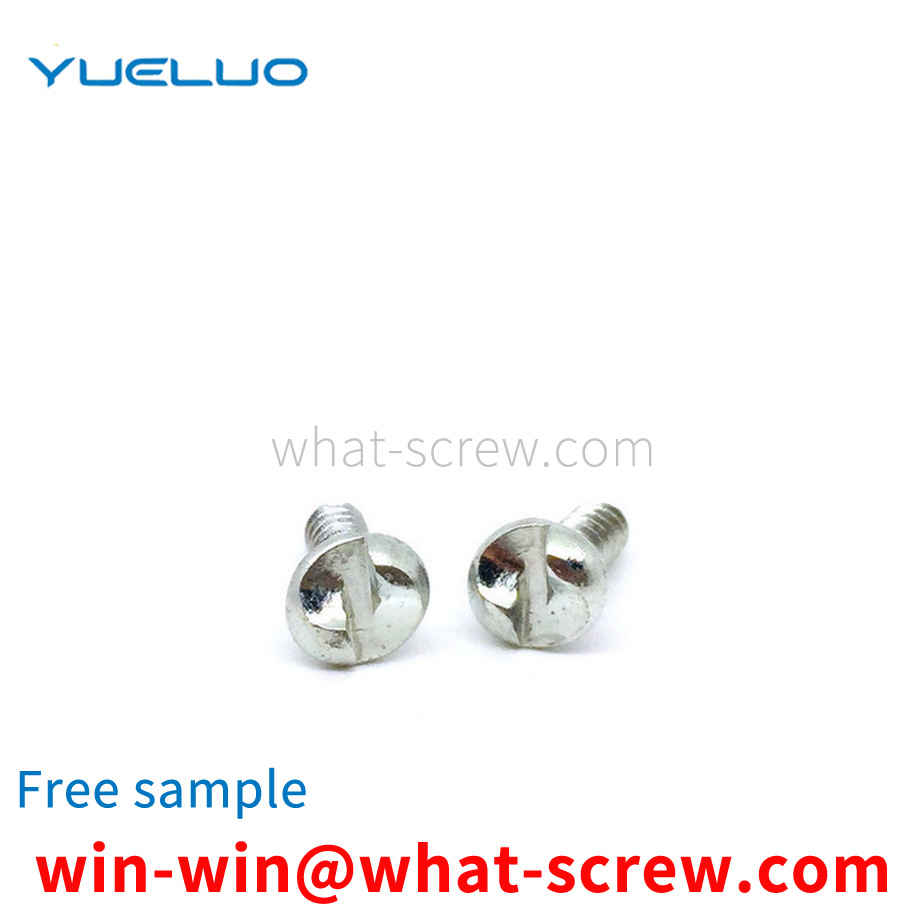
We have more than ten years of production experience in the ...

We have more than ten years of production experience in the ...
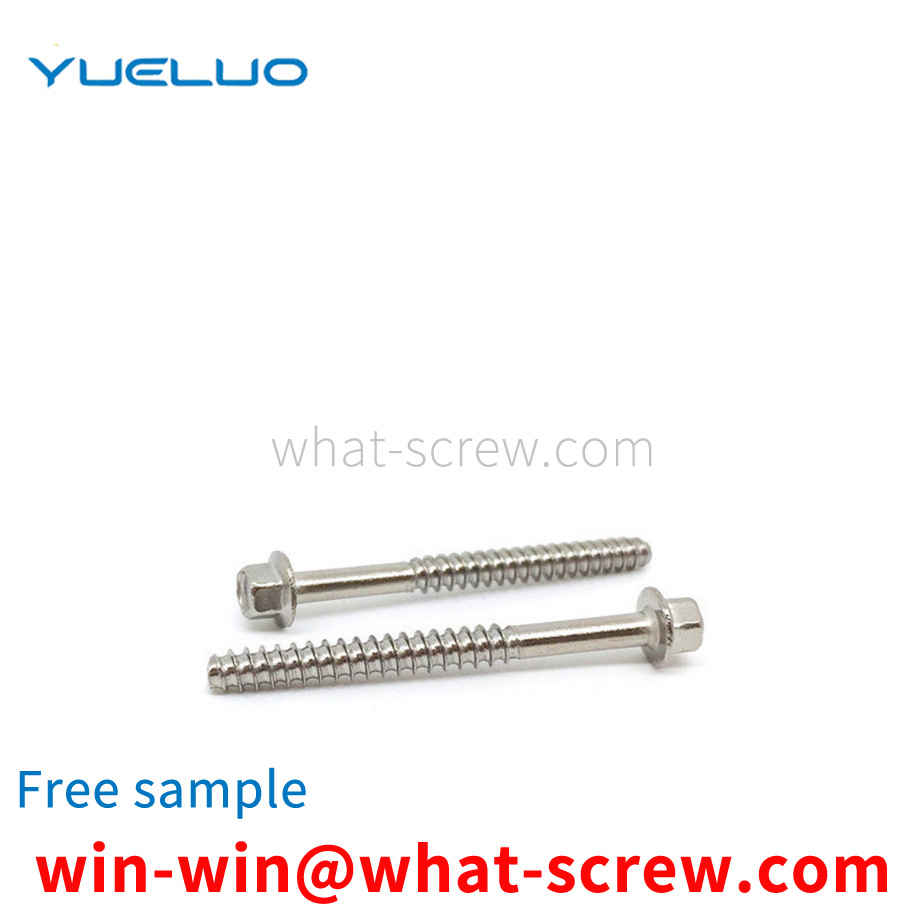
We have more than ten years of production experience in the ...
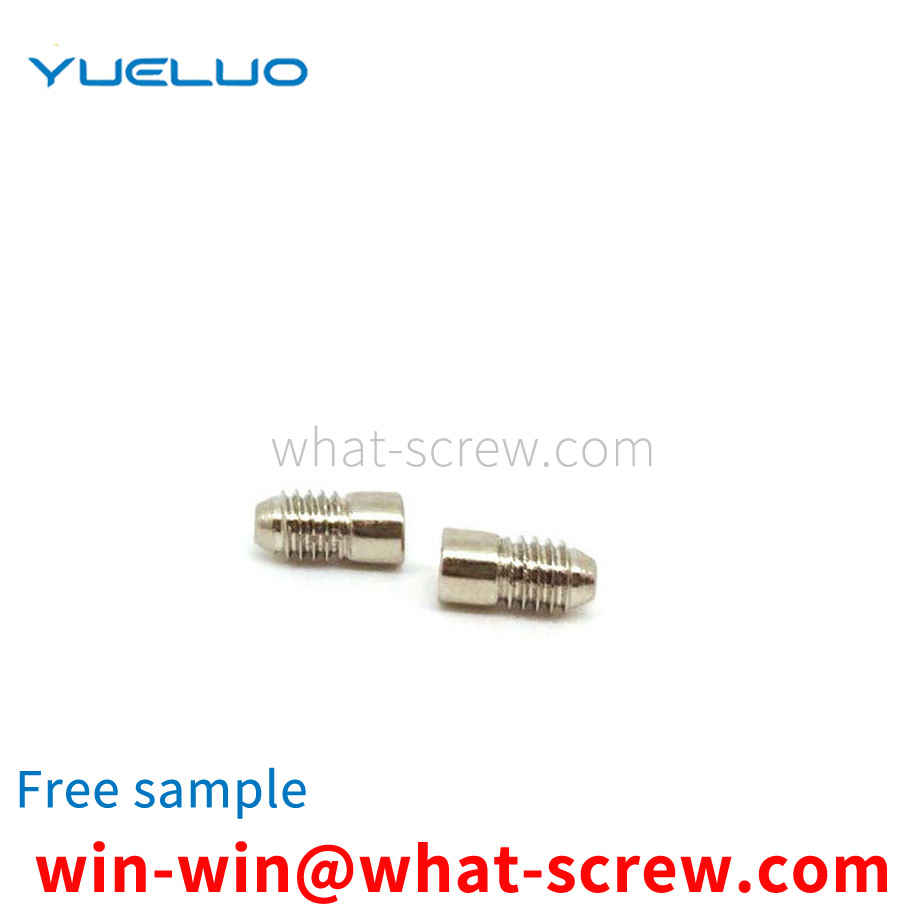
We have more than ten years of experience in the production ...